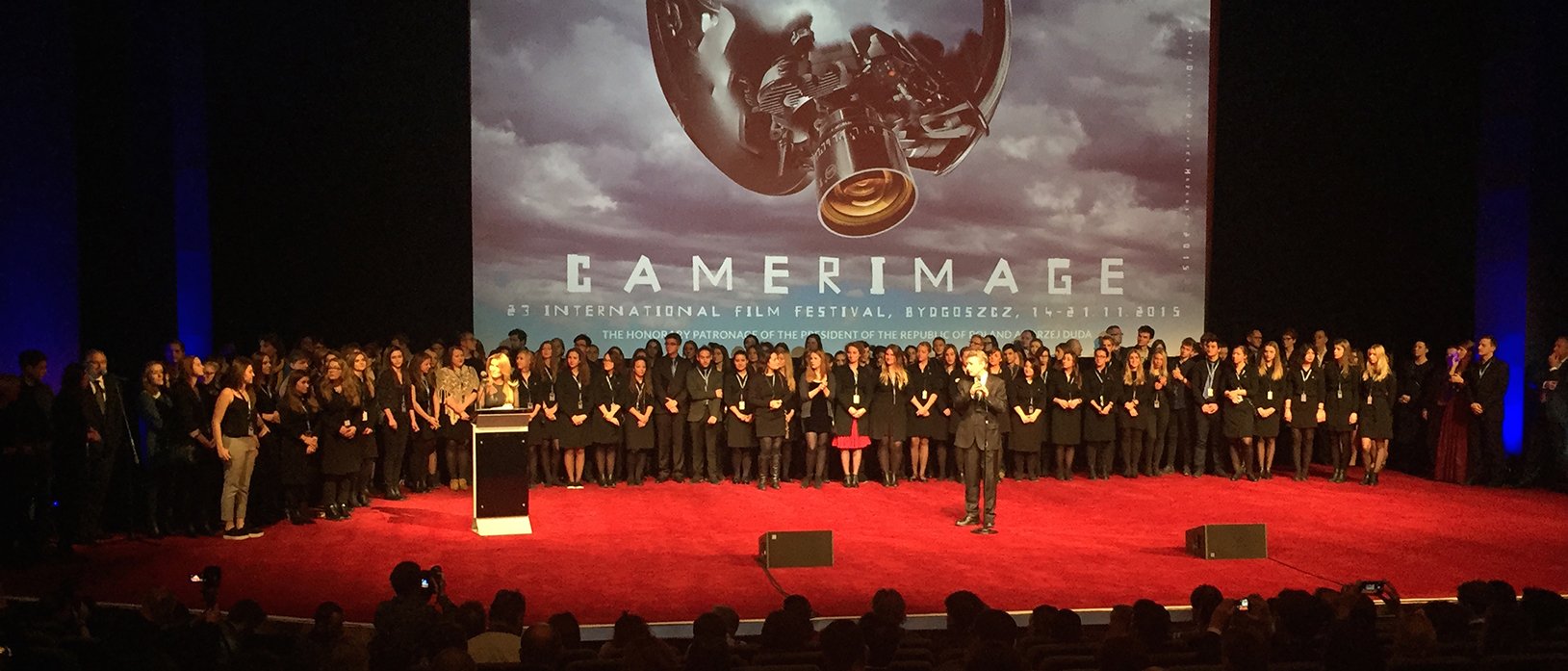
Camerimage: Polish Hospitality
For a quarter century, the Camerimage International Film Festival has drawn filmmakers to Poland in celebration of the art and craft of cinematography. Here are their stories.
For a quarter century, the Camerimage International Film Festival has drawn filmmakers to Poland in celebration of the art and craft of cinematography.
Compiled by Benjamin B, Michael Goldman, Jim Hemphill, David Heuring, Darek Kuzma, Iain Marcks, Jean Oppenheimer, Jon Silberg, Stephen Pizzello and Jon D. Witmer
Photos by Ewelina Kami´nska, Michal Koepke, Stephen Pizzello and Paweł Skraba, courtesy of Camerimage and the AC archives
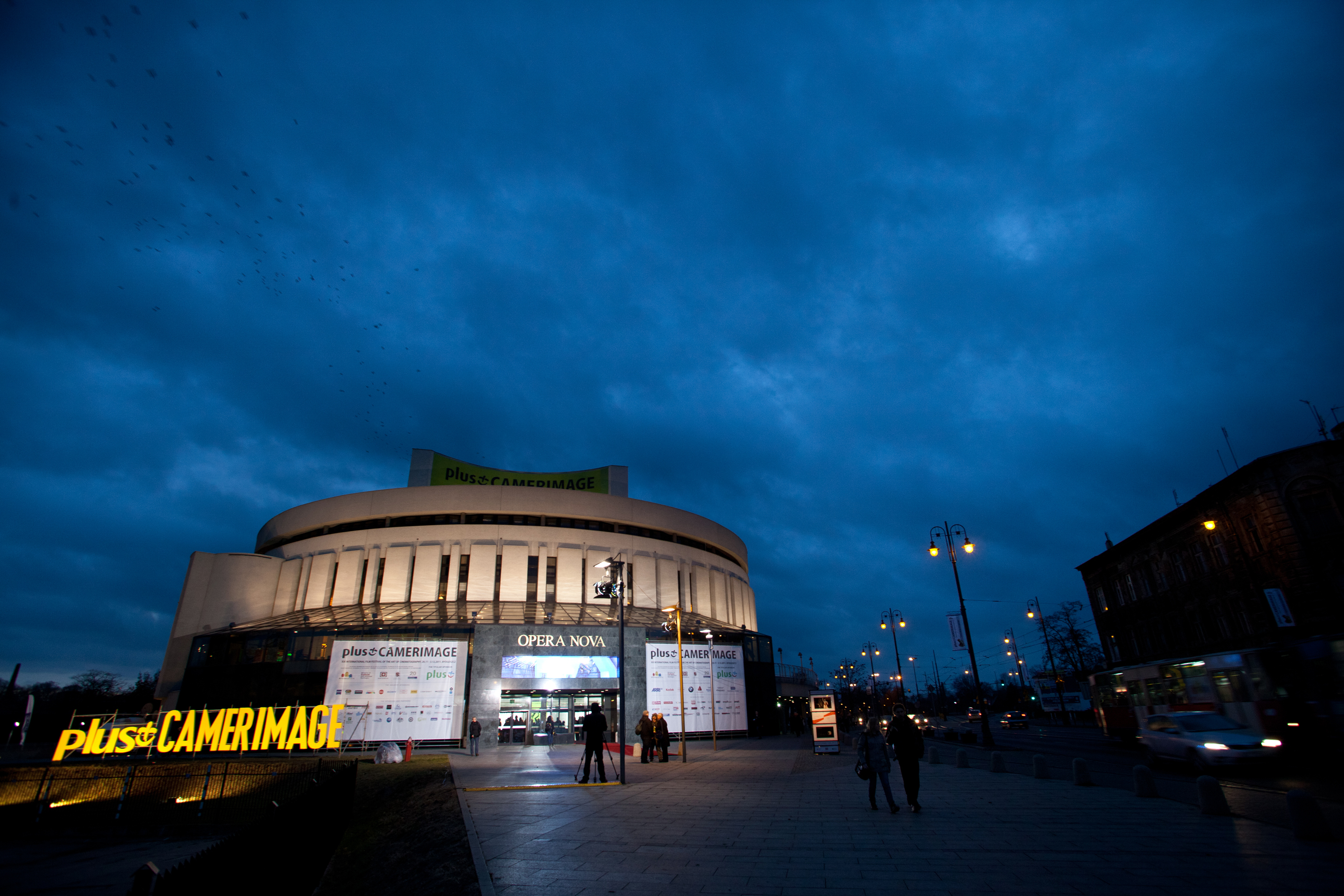
From Nov. 11-18, filmmakers and cineastes from around the globe will descend on the Polish city of Bydgoszcz for the 25th installment of the Camerimage International Film Festival, an annual gathering of cinematography’s practitioners, students and admirers. “Camerimage is a unique event for cinematographers from all over the world,” enthuses ASC President Kees van Oostrum. “Not only does it present a fine selection of cinematography, it also consistently embodies a social and artistic purpose that is unsurpassed.”
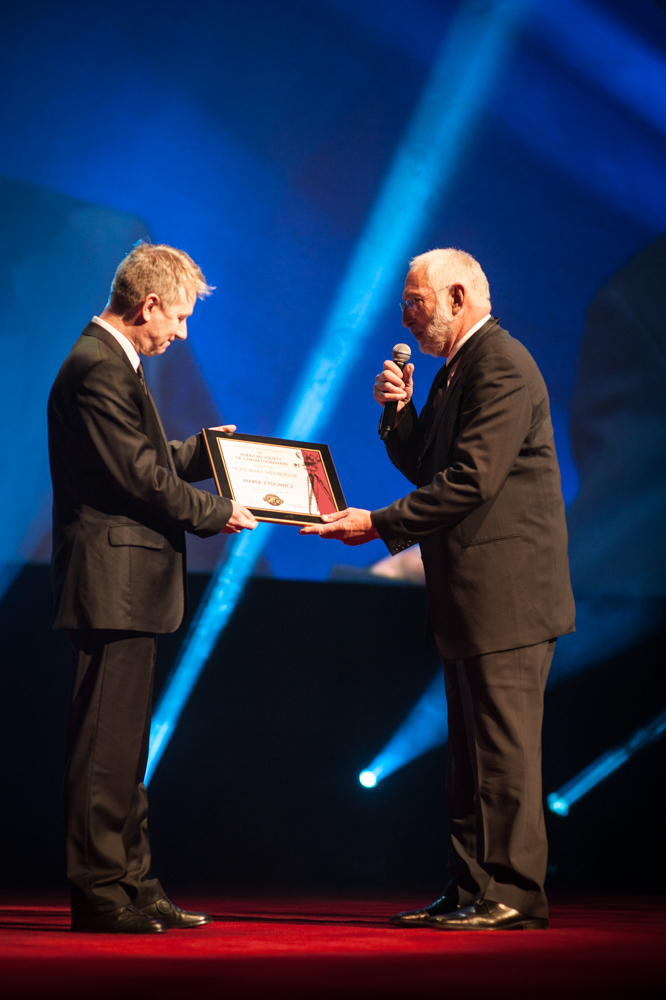
Reflecting on the festival’s first 20 years for the Dec. ’12 issue of AC, Marek Zydowicz — who co-founded Camerimage with Kazimierz Partuki — mused, “We started with an idea, but the worldwide community of cinematographers made this festival what it has become: a warm, welcoming gathering of cinema lovers who celebrate the human, emotional connections that cinematographers forge with their images across cultures. The festival bonds different generations of filmmakers, from students to experienced and renowned artists. We also celebrate the evolution and revolution of new technologies that make every cinematographer’s work more challenging day by day — hoping that advancing technology will not overshadow the human aspect of our work.”
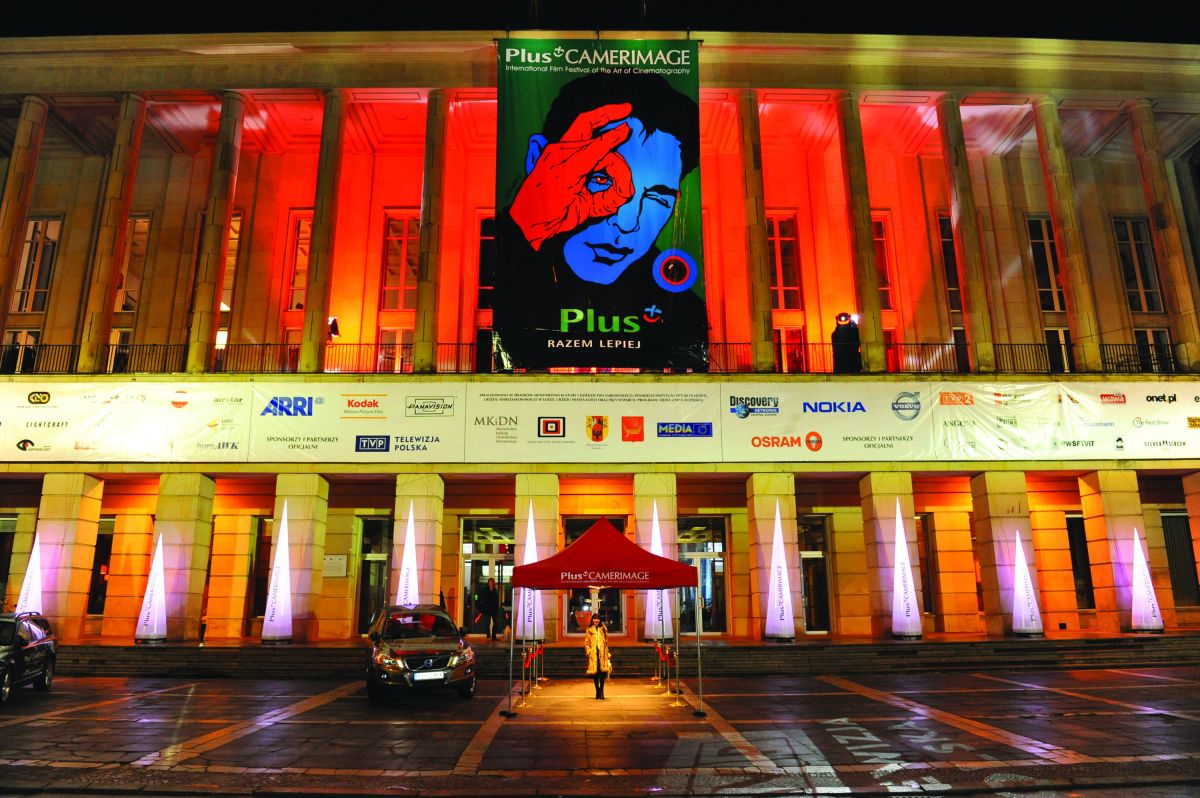
From Camerimage 2016, Episode #76 - AC Podcast
For its first seven years, the festival was held in Toru´n, Poland; in 2000, it relocated to Lód´z — home to Poland’s National Film School — and, since 2010, it’s called Bydgoszcz home, occupying the Opera Nova theater and other nearby venues. Forty-two films were screened during the inaugural Camerimage; last year, 264 movies were presented for an audience that included 610 cinematographers from 45 countries, 760 students representing 134 schools from 40 nations, and 850 other industry professionals — plus about 1,800 additional attendees. Recognizing the festival’s importance to the worldwide cinematography community, the ASC named Zydowicz an honorary member in 2013.
“What’s unique about Camerimage is the number of filmmakers sharing with each other and with young people,” offers Kazik Suwala, the festival’s managing director. “Young people come to learn, and older people come to recharge their batteries in an artistic environment. Some festivals are about glamour; Camerimage is an artistic brainstorm.”
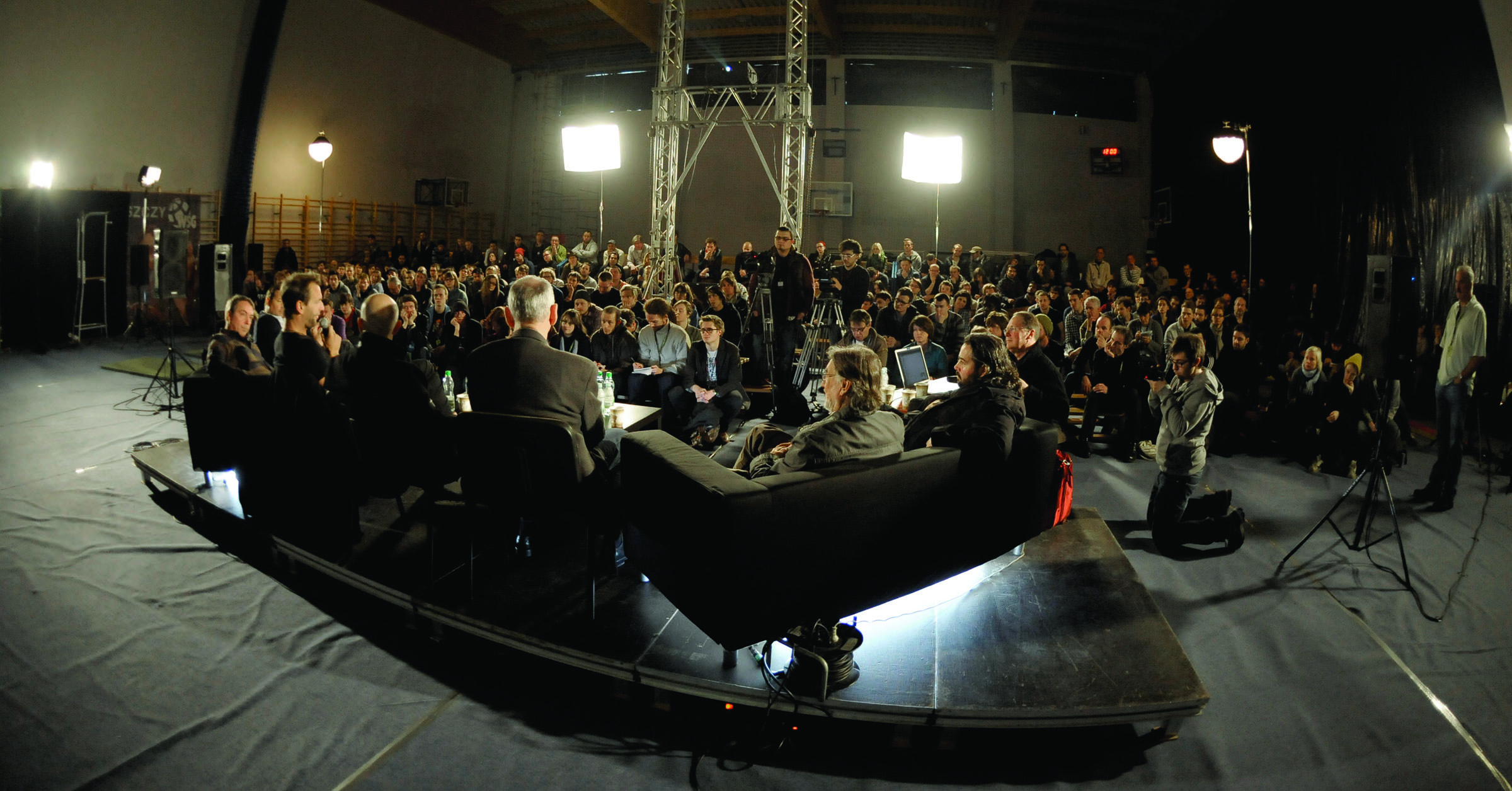
What follows are the personal remembrances of a number of the festival’s attendees and honorees:
Owen Roizman, ASC (Lifetime Achievement Award, 2001): This festival is about cinematographers. That makes it more meaningful. The excitement of being honored at a major festival dedicated to cinematography — that’s really special. It’s a fantastic experience to be among your peers at something like that. It’s very unique.
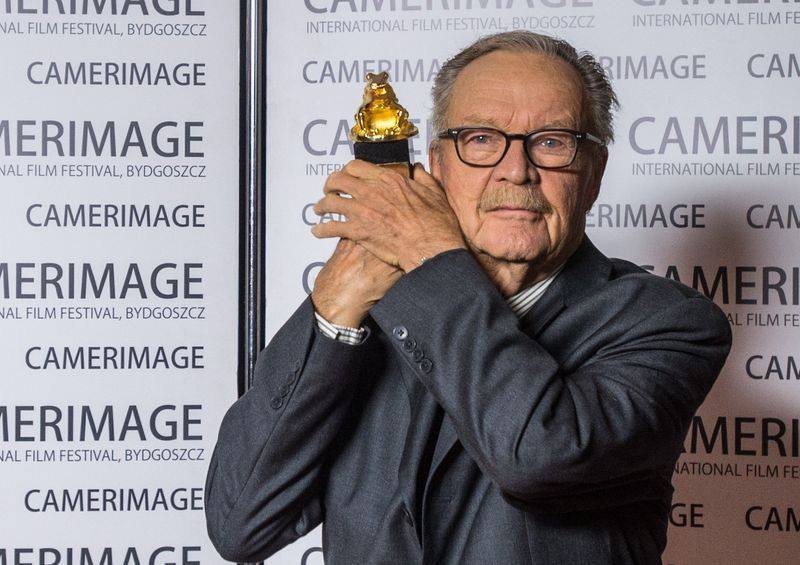
Michael Chapman, ASC (Lifetime Achievement Award, 2016): I’ve gone three times now — I was honored to be invited. Everyone involved is very respectful of the cameraman. Last time I was there, I was person of the year, and I very much liked it. We all love it. It’s good to be made a big deal of; it doesn’t happen all the time. Why shouldn’t you just lap it up?
Garrett Brown (ASC associate): Every festival I’ve been involved with has cherished cinematography, but only in the swim with those darned other disciplines: directing, writing, acting, producing, ad filmeum! Suddenly, here we are, and here everywhere are our peers, at the heart of our own festival. It’s intoxicating, and enlightening, and great fun — and Bydgoszcz is warmly welcoming.
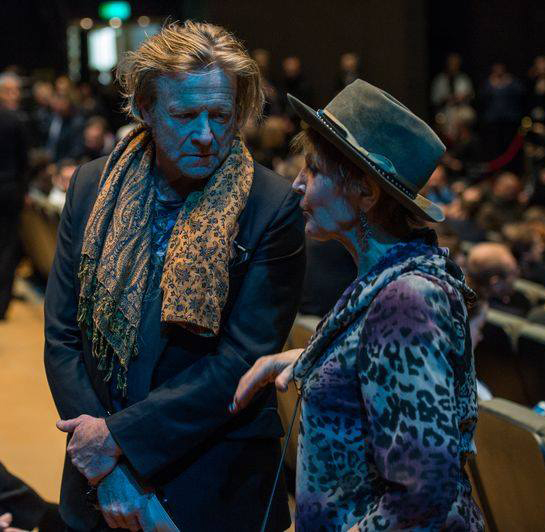
Nancy Schreiber, ASC: I ended up going really early in its history. I had a film called Dead Beat that was in competition in 1994; it was one of the first things I shot. So there I went to Poland — over Thanksgiving. I’ll never forget all the Americans sitting around this table with this tiny little turkey we somehow managed to find. That was our Thanksgiving. It was certainly one to remember!
Robert Hoffman (ASC associate, Technicolor): It’s a total pain in the ass getting there — but once you arrive, the effort dissipates and you’re greeted with a level of informality that is absolutely singular for any major festival. There are no roped-off areas. Everyone hangs out together — at breakfasts, in screenings, grabbing a beer at the Opera Nova, or during the festival dinners.
Frank Kay (ASC associate, J.L. Fisher): Marek is a risk-taker. Who’s going to come to Poland? Well, guess what — everybody was coming. And the excitement is just crazy there. It’s like going to Disneyland. It can be a long trip, but once you’re in it, it’s a great place to be.
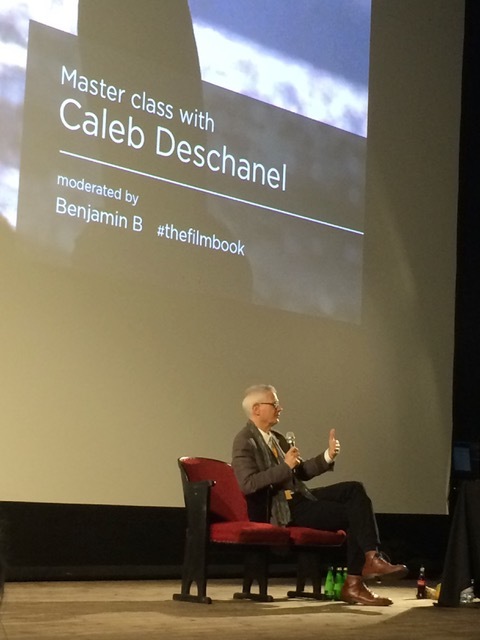
Caleb Deschanel, ASC (Lifetime Achievement Award, 2014): I think if it was in some big city, you might not have the same concentration of attention. You fly into Warsaw and then have a several-hour car trip to get there. The relative isolation helps people interact, and spend time talking and comparing notes — rubbing elbows with students and with young cinematographers. That’s what makes it great.
Guillermo Navarro, ASC (Golden Frog, Pan’s Labyrinth, 2006): My first impression was this profound sense of being in Europe in the winter — and the sense of how they honor film, and how film is really a cultural expression of the world. There, it’s more of an artistic rather than commercial understanding of what film is. There’s a sense of nobility, and that the work is taken seriously.
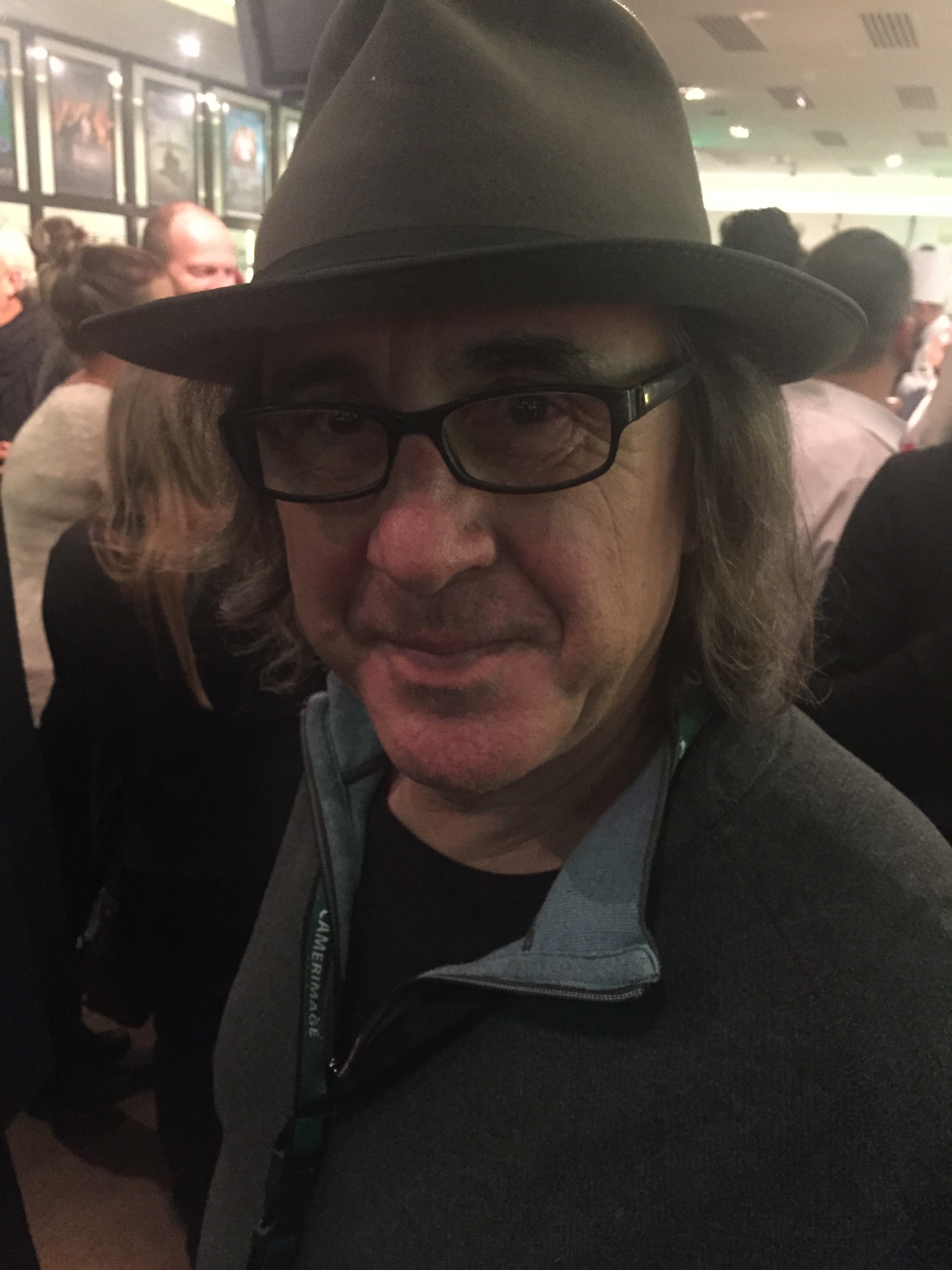
Jacek Laskus, ASC, PSC: I believe I first heard of Camerimage the very first year it happened. Being a Polish-born cinematographer, it was music to my ears to hear that a festival dedicated to the art of cinematography would be held in Poland. Then, arriving from L.A. in November, my first impression was: It is cold out there. But that did not last long. The spirit of camaraderie, the warm welcome from Marek and Kazik and all the organizers, quickly made me forget the cold weather.
Witold Sobocinski, PSC (Lifetime Achievement Award, 1994): I remember those initial years of the festival very fondly. We were not used to having a place where our work was celebrated to such an extent, where images were appreciated and respected for what they are and what they can become in capable hands. I remember the feeling of gratitude. Toru´n, where the festival took place back then, was magical, too.
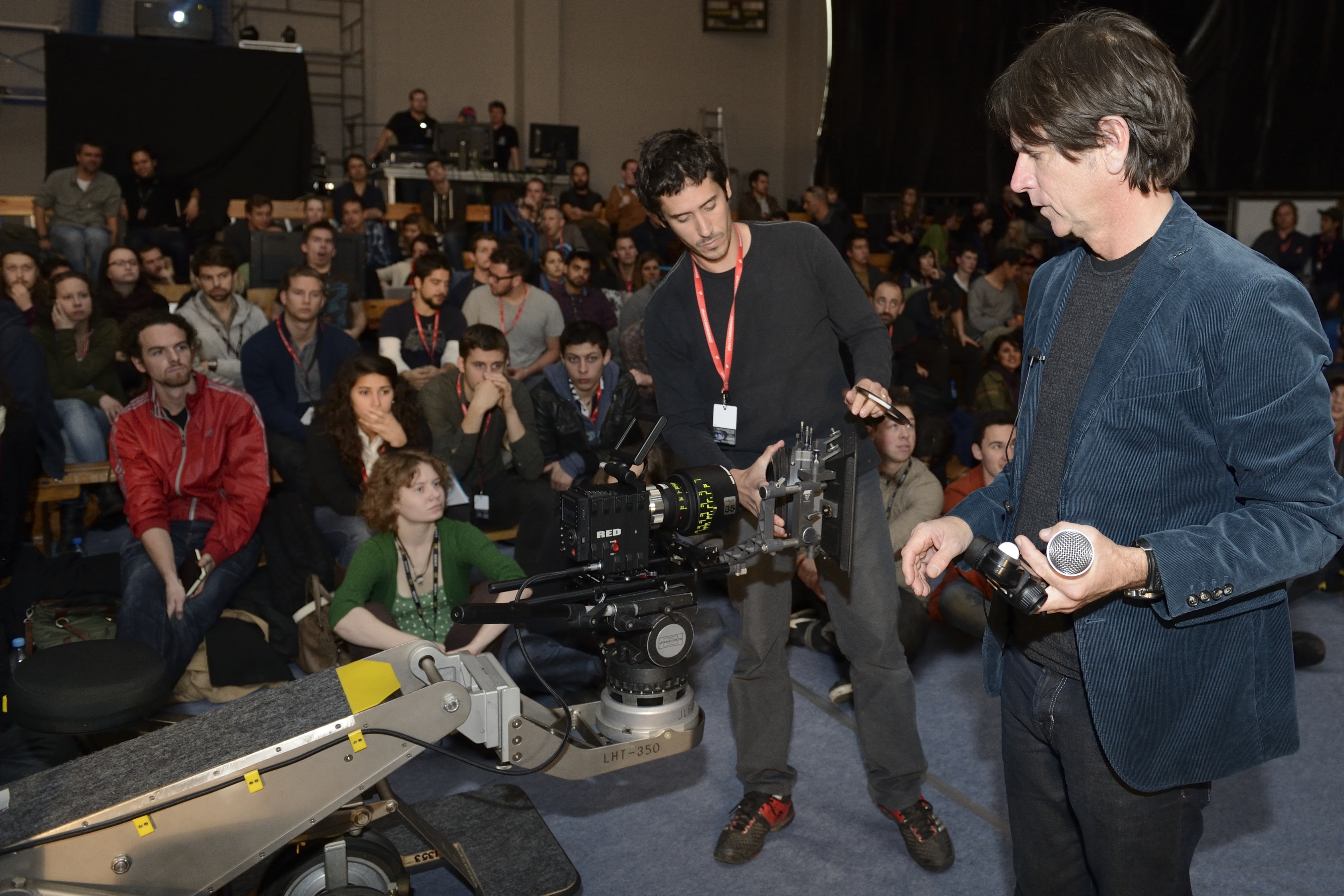
Paul Cameron, ASC: I’d heard about this mythological event that happened annually in Poland, but I was never able to go until 2012, when I was invited to judge the main competition and was sponsored by Red to run a master class. I was shocked at the number of peers, vendors and manufacturers from around the world who were walking through the main floor on opening night. The first party was packed with some of the best cinematographer talent in the world. It was empowering; for once, the cinematographers were the rock stars! I knew the week would be memorable.
Ellen Kuras, ASC: Those who were lucky enough to experience Toru´n at that time remember lavish dinners in the beautiful 19th-century mansions, and winter-wonderland walks through the old city in the wee hours of the morning, after hours of chatting at parties. The setting has changed through the years, but the films and the Polish generosity still take the stage. Now it’s much bigger — there are many more exhibits, more sponsors, more master classes, more film categories, more jury members, more staff and more parties, but the intimacy and the chance to speak to world-renowned cinematographers on a very informal basis is still there.
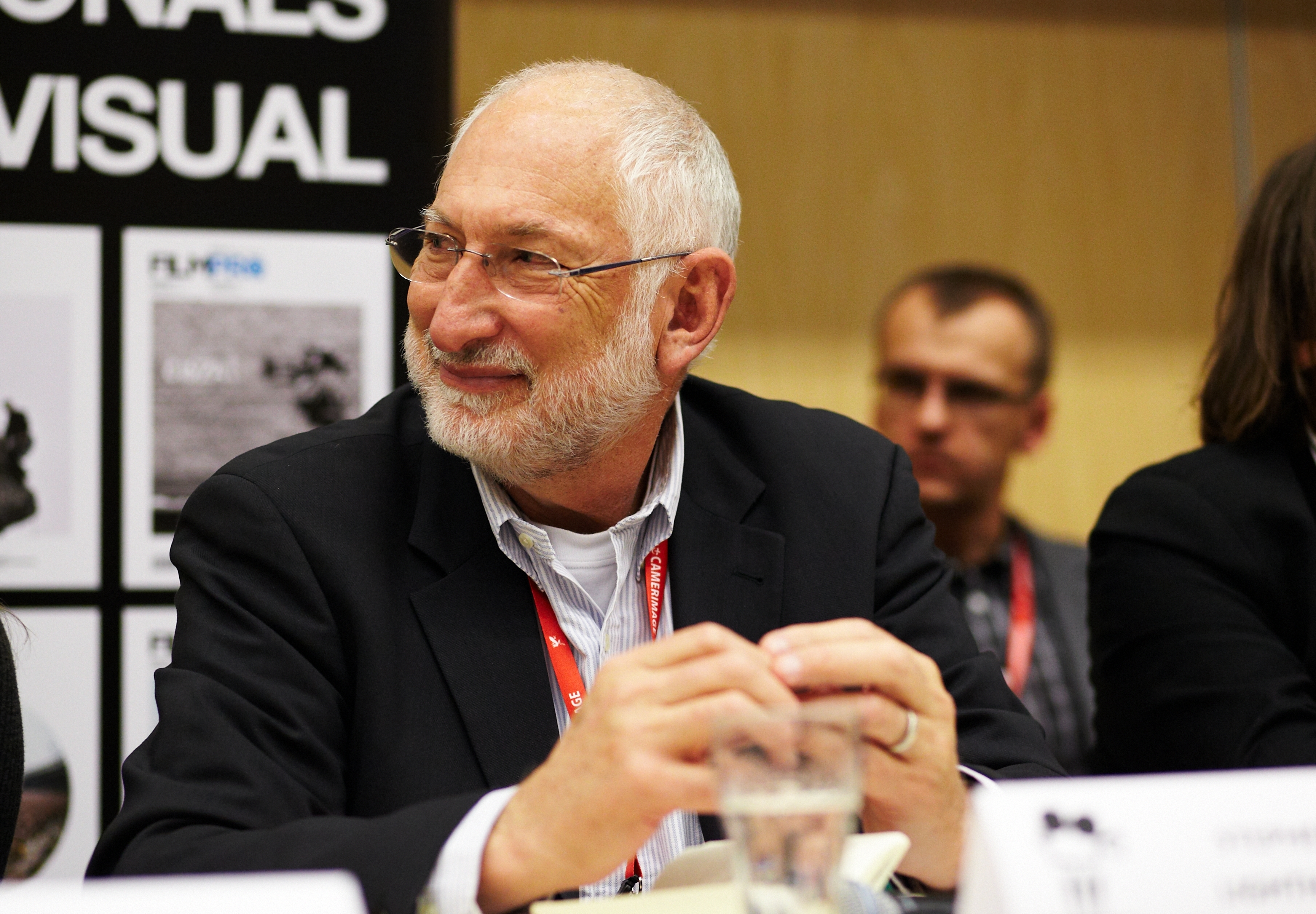
Stephen Lighthill, ASC: I really love going to Poland — and that was really my first impression of the festival, having a love affair with the country itself. Being set in a small town is a key to the festival’s success because there are no distractions. When you’re there, the thing that’s happening is the festival and the festival’s social life, and you just focus on that. I was also struck by how big the festival itself is. It’s such a comprehensive festival, and there are so many events going on at once.
Seth Emmons (ASC associate, CW Sonderoptic): My most memorable moments are outside the bounds of polite conversation and all involve public figures in the industry, so I’ll just provide a few context-free word associations that conjure up a few moments: sunrise, balcony, bridge, ice-sculpture vodka luge, front-row center, uncontrollable laughter, buckets, crêperie, balloons.
Frank Kay: It’s like Vegas. You know, what happens in Bydgoszcz stays in Bydgoszcz.

Robbie Greenberg, ASC: The stories about the drinking and staying up all night are all true. There are parties every night, and all the jurors and cinematographers are invited. Either you have gone out to dinner with a bunch of your cohorts and then go to one of these parties, or there is enough food at the parties to take care of dinner that night.
Robert Yeoman, ASC: The evening parties are an opportunity to meet other cinematographers, directors, and cinema-related people from all over the world. Other than meetings at the ASC, these types of interactions are rare. It feels like one large, happy — and inebriated — family!
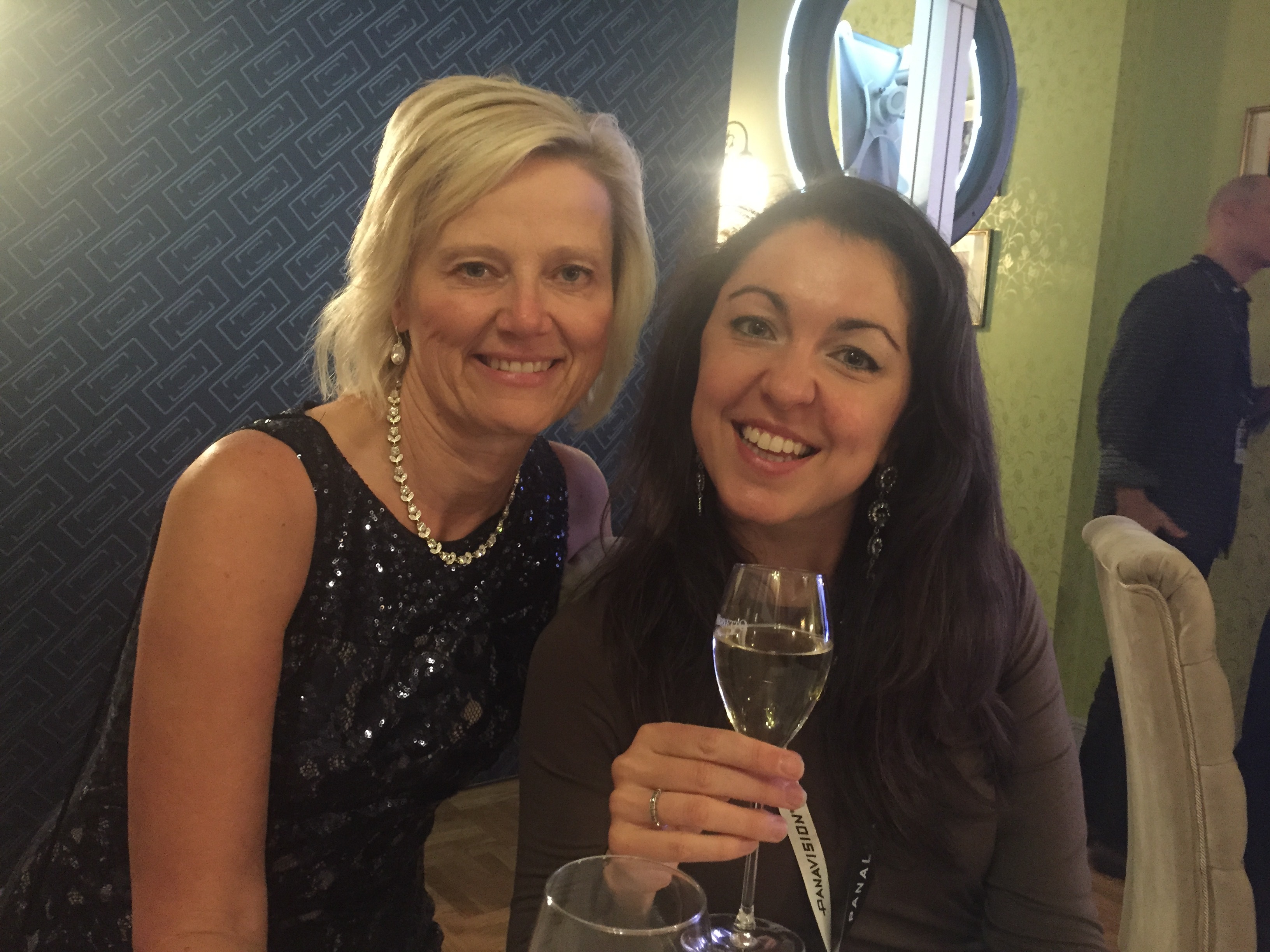
Kim Snyder (ASC associate, Panavision): The days and nights — and days and nights — blur into each other, but the relationships made are invaluable. One of my more memorable experiences was at our Panavision party last year. I found myself sitting between two amazing cinematographers: John Toll [ASC] and Nancy Schreiber. After asking the roaming photographer to take our picture, both Nancy and John immediately raised their hands over my head to more adequately light the shot. Priceless!
Nancy Schreiber: There’s nothing like it. You’re going to late movies, and then the dinners don’t start until 10 at night, and of course people are eating and drinking well into the middle of the night. Then, if you’re on a jury, you have to get up to catch an early morning screening. If you think you’re going to get any rest there, forget it.
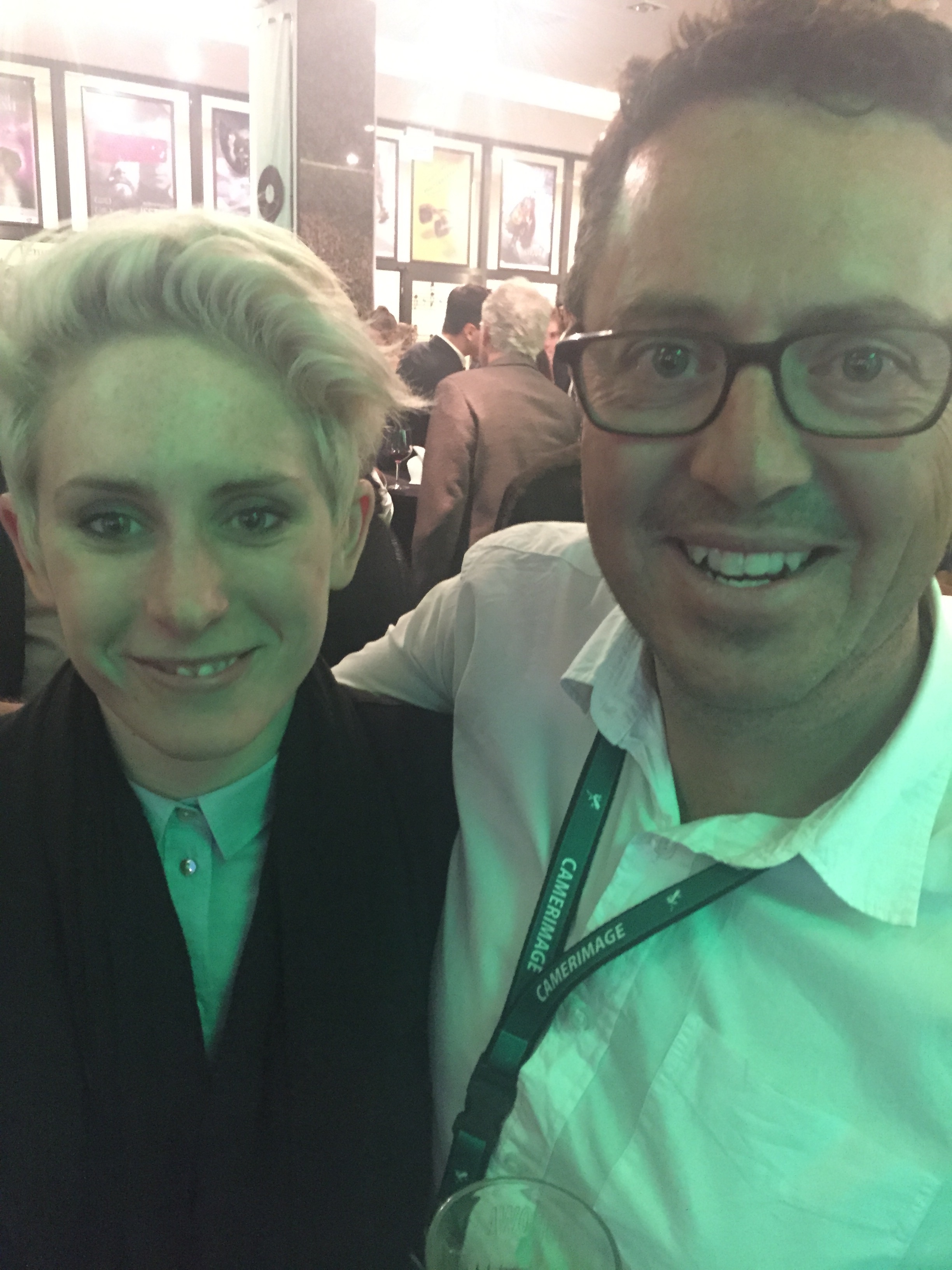
Greig Fraser, ASC, ACS (Best Cinematography in a Music Video, How to Destroy Angels, “The Space in Between,” 2010; Golden Frog, Lion, 2016): It’s the social aspect: meeting other cinematographers, asking how they do it. ‘How did you shoot that scene? What lights did you use?’ Each night is spent having dinner with friends, or people I admired or only knew through email. The parties are a great way to get to know people. You know someone by emailing for 10 years, or through reputation, but now you can buy them a drink, like old friends.
John Seale, ASC, ACS (Lifetime Achievement Award, 2011): There are so many wonderful European cameramen whom I admire so much, and to be able to sit and talk and have a drink with them was so exciting. That’s the most exciting thing, I think: to be able to mix and mingle with other cinematographers. You are all cinematographers, and you are all equal.
Frederick Elmes, ASC (Cinematographer-Director Duo Award, shared with David Lynch, 2000): It scared me before I went, because I only speak English. But when I got there, communication was so natural because you’re with other cinematographers and people who love cinematography. It’s something we all relate to. We’re all comrades; we’re all there because we love visualizing things, and the fact is we have a common visual language that helps us communicate. With the addition of a bunch of gesturing with your arms, you really can share ideas about film language. It’s a beautiful thing where you find you don’t really even need the words.
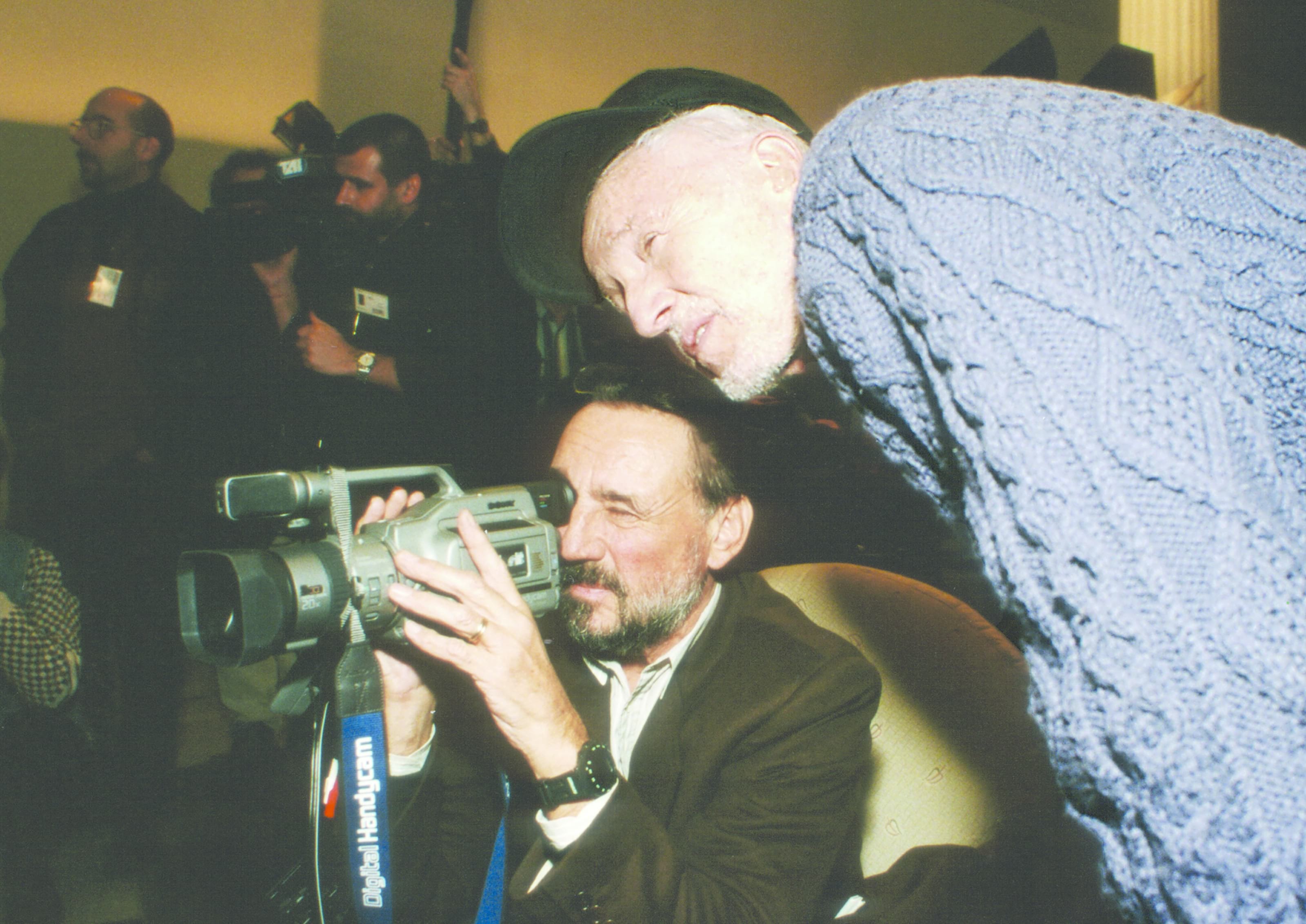
Dante Spinotti, ASC, AIC (Lifetime Achievement Award, 2009): Camerimage is like a distillation of whatever is really wonderful in our profession. You meet all these colleagues of yours whom you admire as people and as professionals. And this meeting is without any stress and has a lot of cultural depth. It is about friendship and admiration. You meet friends amongst the people who make the technology, and it’s wonderful to see them there because you aren’t talking about work. You are away from the stress.
Marek Zebrowski (Camerimage festival executive): That’s Marek [Zydowicz]’s idea: get people to be with each other, to swap stories, to interact. Let’s be social. Let’s not only transact business. Just like that motto from Howards End: ‘Only connect.’ Only connect; the rest takes care of itself. That’s how this world gets better. That’s the success of this festival.
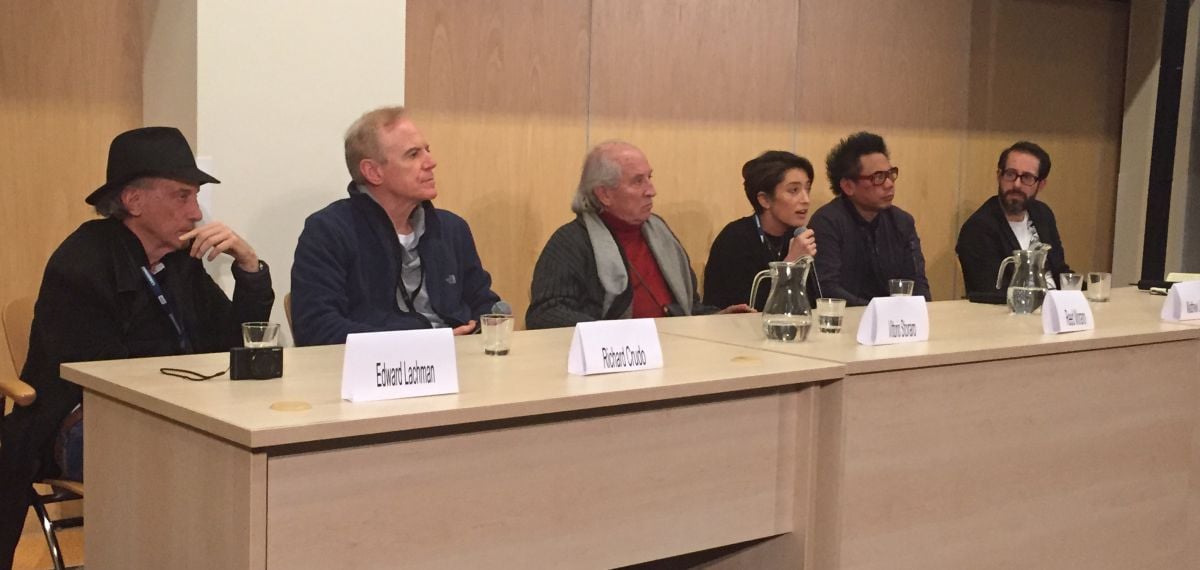
https://ascmag.com/podcasts/fr...Greig Fraser: When I was there in 2014, Ed Lachman [ASC] was there. I had met him before, but I had not gotten to know him well. To meet heroes like Ed, guys you don’t get to see every day — to meet and have a drink and talk, that was fantastic.
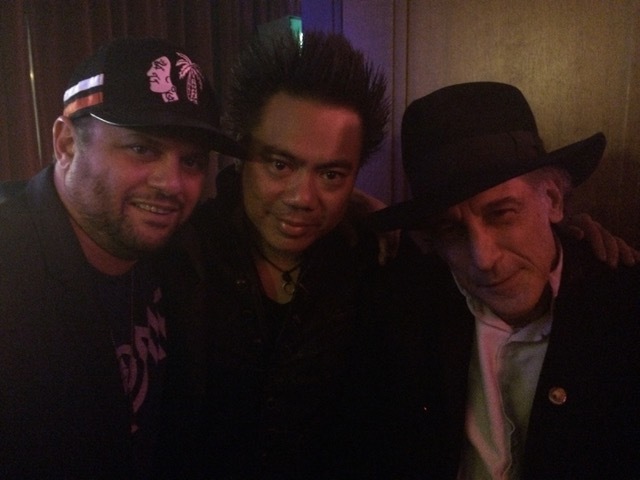
Matthew Libatique, ASC: My favorite story was when Ed won the Golden Frog for Carol. He got up faster than I’d ever seen him move to make it down [to the stage]. All the cameras and attention were turned on Ed. I was so happy for him.
Charles Herzfeld (ASC associate, Technicolor): Ed Lachman for me has always been the mayor of Camerimage. He is an icon at the festival. Like the late Vilmos Zsigmond [ASC, HSC], he has been a continuous presence, rarely missing a year.
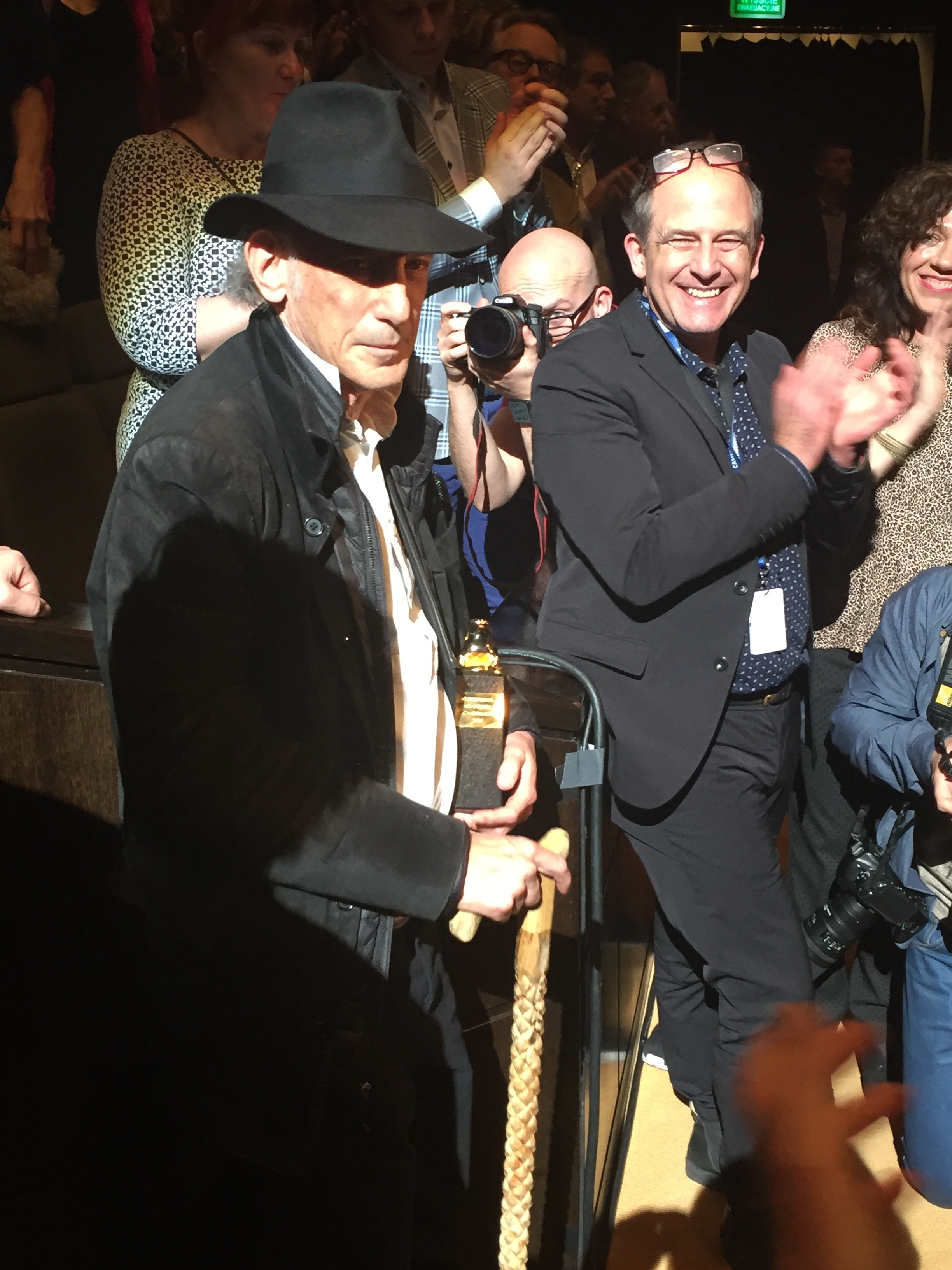
Ed Lachman, ASC (Silver Frog, Far From Heaven, 2002; Bronze Frog, I’m Not There, 2007; Cinematographer-Director Duo Award, shared with Todd Haynes, 2011; Golden Frog, Carol, 2015): Cinematographers don’t really meet other cinematographers all that often, so it’s a wonderful opportunity to spend time with so many people who have had similar experiences and whom we respect and honor. I become a student myself, spending time with people whose work I’m in awe of — so many people, like Chris Menges [ASC, BSC], Peter Biziou [BSC], Chris Doyle [HKSC] and Slawomir Idziak [PSC]. It’s always rejuvenating to be there, to be around students who are so interested in cinematography, and cinematographers whose work you respect. Of course, they also honor directors, production designers and actors, but the focus is primarily on cinematography and how the others contribute to what our work is about. I think all of us who have gone appreciate that about the festival.
Albert Hughes (director): I don’t want to hang out with actors or producers — it’s the cameramen that interest me. I got to know the personalities of the cameramen, and spend time in the jury room with them. There are guys I love bumping into over there, like Michael Seresin [BSC], Phil Méheux [BSC], and especially Dick Pope [BSC] — he’s my favorite. Dick is such a sweet man, but he has no filter! I grew up like that, expressing my opinions in a very direct way, so I almost never meet a guy who beats me in that department. [In the jury room] I was glad he kept beating me to it, because then I didn’t have to say those things.
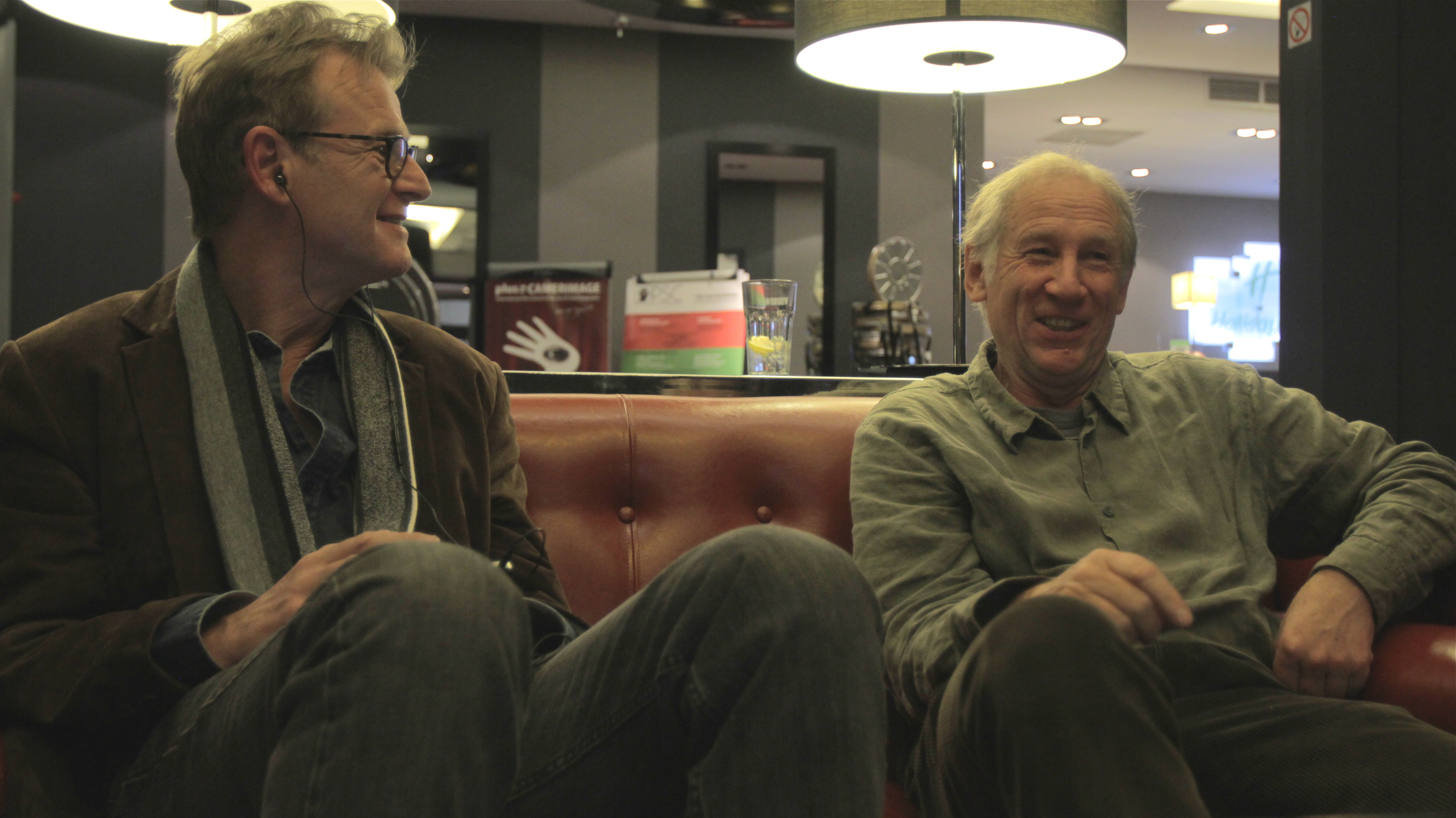
Karl Walter Lindenlaub, ASC: The intense hours of watching movies for their cinematic qualities, discussing them in a jury, and then meeting until the late and sometimes early hours at parties have made for unforgettable memories. Never before had I spent this much quality time with fellow cinematographers and students from all over the world. I think I have gone seven times by now, and I am looking forward to another visit this year. Hopefully I’ll see Ed Lachman and Steve Fierberg [ASC], who always have the most stamina for visiting with students at the disco.
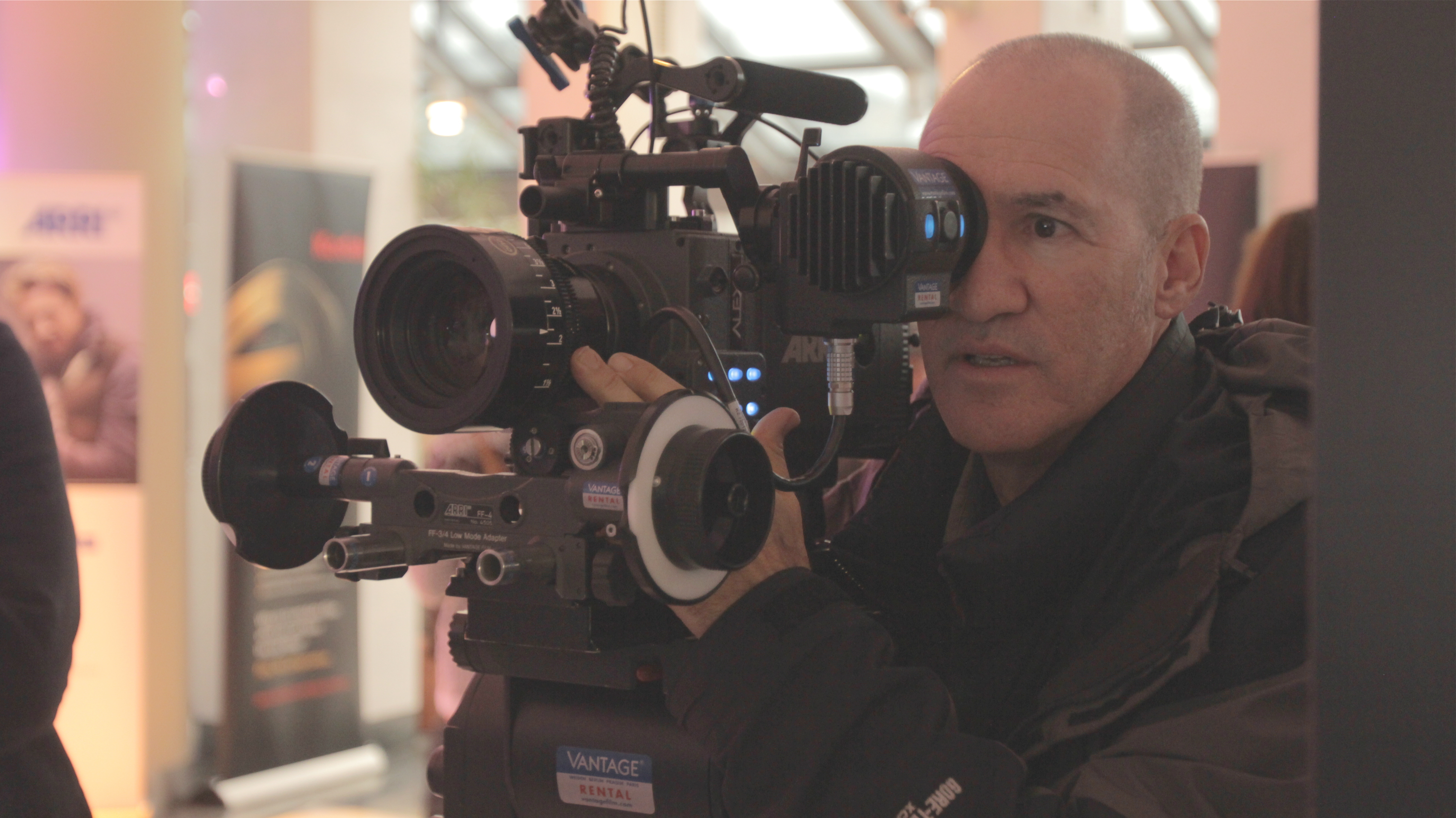
Roberto Schaefer, ASC, AIC (Cinematographer-Director Duo Award, shared with Marc Forster, 2013): It is the best week of the year. Where else can you meet and get to know so many of the world’s most interesting people in our sector of the business, and talk casually, and watch an amazing variety of movies — all placed on an even playing field — and have our art be the center of attention? It’s an opportunity for small films from far-away places to be appreciated on a world stage. I tell every cinematographer, operator and AC that I meet to do whatever they have to and attend Camerimage at least once.
Ellen Kuras: Go with an open heart and a notebook. Get lots of sleep beforehand so that you can watch loads of films, and be prepared to stay up until 4 a.m. every night!
Bob Hoffman: If you think you love cinematography, this is the most important film festival in the world. Full stop.
Charles Herzfeld: Bravo to Marek and Kazik!
Laskus: Dzieki, dzieki, dzieki.
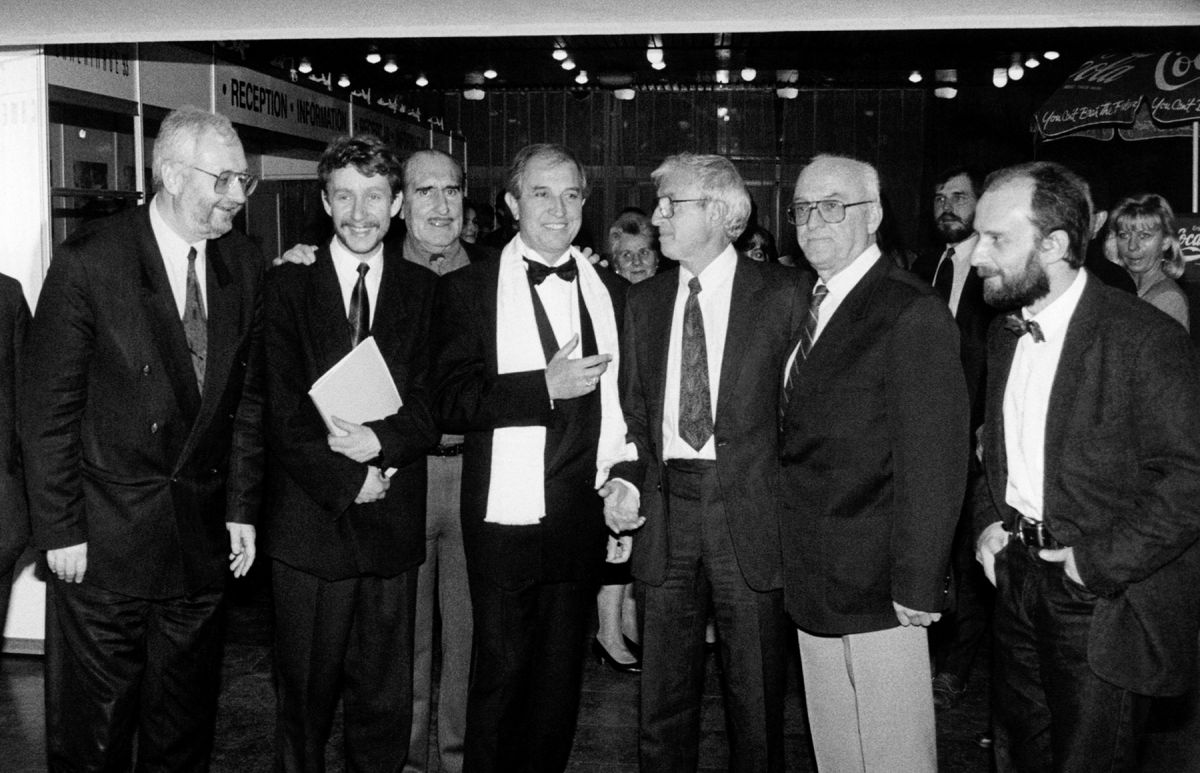
John Bailey, ASC: “In early winter of 1994, the Camerimage Film Festival was only in its second year in the historic medieval Polish town of Toru´n. Founded in the early 13th century, the city is the birthplace of the great astronomer Copernicus and the site of his namesake university. In 1997, Toru´n was declared a UNESCO World Heritage Site — its stunning Gothic City Hall and other medieval buildings having been largely spared the bombings of World War II. It is altogether right that the city of the great Copernicus, scientist and ‘lensman’ of the heliocentric view of our solar system, should host a film festival of another kind of ‘lensing,’ the art of cinematography.
“In 1994, Poland was still emerging from its socio-political isolation behind the Iron Curtain, and the signs of corporate branding and advertising were hardly seen on the city streets. Walking the foggy, mostly wet pavement in the mid-afternoon’s already creeping darkness was, for sun-worshipping Southern Californians like my wife, Carol [Littleton], and me, not unlike being thrust back into a time machine and emerging onto ancient streets and into buildings that seemed as if all the humans were powered by smoking sticks thrust into their mouths. It was difficult to tell if the soupy air was more polluted by cigarette smoke or by coal-fired domestic chimneys. In local hotels, phones were still a rarely working commodity, and internet and email were virtually unknown. Fresh fruit and vegetables were a memory from the previous summer — although almost any foodstuff, however grand or modest, could be found preserved in aspic.
“None of this mattered a whit to all of us Americans who had made the perilous trip over a road from Warsaw that seemed at times barely more than a paved cow path, its fatal accident sites marked by roadside crucifixes and statuary, like beads on an old nun’s multi-decade rosary.

“Inside a single-screen auditorium, it was sometimes difficult to see if the movie was in focus or not because of the clouds of Turkish tobacco smoke drifting in front of the projector — a self-styled fog filter. “But, there were the movies: glorious, wild, experimental, dark in theme and lighting, most of them giving no quarter to any commercial considerations. That year, the Golden Frog award was shared by the Polish film Crows, photographed by Arthur Reinhart [PSC], and the Hungarian film Woyzeck, photographed by Tibor Máthé [HSC]. Each movie was submitted by its country for consideration for the Motion Picture Academy’s Foreign Language Film Award.
“It was a heady time that year at Camerimage — years before there was any taint of international mainstream presence or influence. I’m proud to keep fast in my memory how such a fragile enterprise has been able in 25 years to grow into the world’s most visible forum for the art of cinematography, one where camera stylists and artists from around the world merge annually to screen the best of their work, and to bond as brothers and sisters in this still uniquely sited celebration of the moving image.”
Christopher Doyle, HKSC: “It always surprises me that most Americans put the accent on ‘camera’ in the word Camerimage. I put the accent on ‘image.’ A camera will record whatever s--- or genius that is put in front of it. The image is what makes it a Moving Picture: an image that moves, in all senses of the term.
“The ‘kids’ think we come to share ‘experience’ or to reveal some formula that will take them to the top. We know we come here — and come back, and even include a break for Camera Image in our shooting schedules — because those kids give us more than we could ever give them. They remind us how it is to be hungry. They remind us how naïve, innocent, even stupid questions lead to unexpected answers and resonant results. “Camera Image is the only place a cameraperson can let her hair down.
“I am pissed off that the venues don’t hold more people. We need a stadium venue to celebrate all that Cameraimage intends to share.
“There is no answer or cure for our addiction to the image. The dope is so good. You will leave Camera Image so enriched, informed, and connected to the energy, confidence and trust that Camera People must find, that it will inform all your work.”
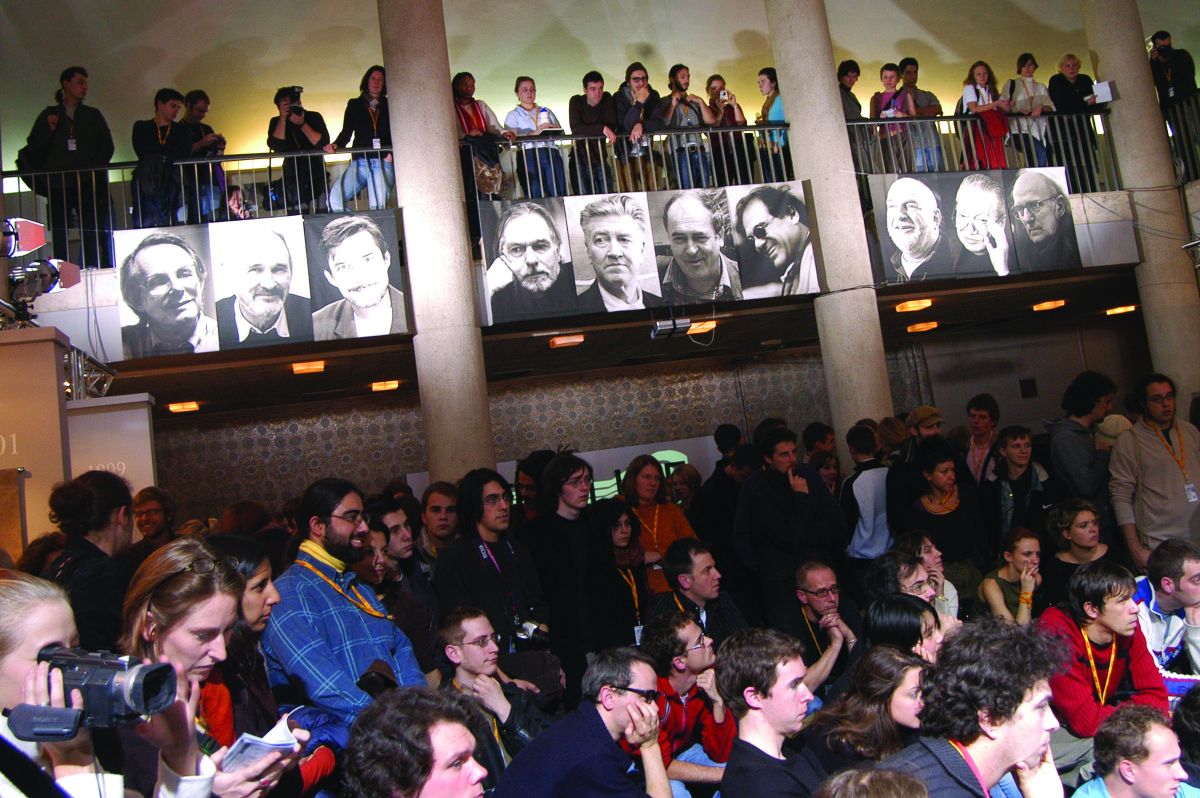
Daniel Pearl, ASC: “I was at the Open House for the ASC Awards in 2006, and [Camerimage managing director] Kazik Suwala stops me and introduces himself. He says, ‘I would like to invite you to a party that we’re having on Friday.’ So I go to the party, and Vilmos Zsigmond [ASC, HSC] is there, Laszlo Kovacs [ASC] is there — all these senior European cinematographers. Kazik and Marek take me off in a corner — and of course the vodka’s flowing like water — and they tell me they wanted to come up with an award for music-video cinematography. They go, ‘To inaugurate this idea, we want to give you an outstanding-achievement award for your work in music videos.’
“Keep in mind, this is January or February of 2006. And they say, ‘We’ll give you the award in 2007.’ Even though I have a little vodka in me, I’m thinking, ‘That’s 21 months away. What the f---? Nothing in my life has been planned that far out and actually happened.’ So now I think it’s all just pie in the sky.
“We finally wrap it up, and as we’re shaking hands, Marek says, ‘By the way, what kind of a name is this, Pearl?’ And I said, ‘Well, the family name is Pereluk’ — and before I can even say that the guards at Ellis Island had changed it to Pearl, he screams out, ‘You’re Polish?! We give you the award this year!’”
Pearl received the Award for Outstanding Achievements in the Field of Music Videos in 2006.

Dick Pope, BSC: “In 1993 I was invited to the very first Camerimage in Toru´n, as Naked had been chosen to be screened, but not in competition. Along with other guests, I was picked up at the Warsaw airport, and we all crammed into an old minibus — I remember the heater not working. We embarked on a marathon five-hour journey through heavy snow. I did wonder what I had gotten myself into.
“There was a huge student presence, and Naked played to a packed auditorium. Many of the audience were wearing headphones because, in those days, interpreters sat in sound booths giving live Polish translation. The film is a pretty serious affair, but sporadically during the screening the audience kept breaking into laughter. I thought they must hate the film, and were finding it hysterical for all the wrong reasons. But when it ended, the positive response was overwhelming; they’d loved it.
“Confused, I later asked some students why they had reacted to certain scenes in the film with such amusement, only to be told that the mirth had been directed at the young English-to-Polish interpreter, who had been audibly squirming in the sound booth, unable to utter the Polish equivalent of certain truly profane English words that are spoken in the film.
“At the closing ceremony, a group of film students stormed the stage, took the microphone, and said they wanted to award their own best-film prize — and to my utter amazement, they announced my name for Naked. The prize was a beautiful stained-glass panel that featured a rosebud, an homage to Citizen Kane. It remains one of my most treasured possessions. One of the students who took to the stage was Hoyte van Hoytema [now ASC, FSF, NSC]. The entire experience empowered me with so much confidence. It changed my life.”
Pope received the Golden Frog in 1996, for Secrets & Lies; the Director-Cinematographer Duo Award in 1999, shared with Mike Leigh; the Golden Frog in 2004, for Vera Drake; and the Silver Frog in 2006, for The Illusionist.
Stephen Pizzello: “What happens at the Polish Disco stays at the Polish Disco.” If you feel reassured by this oft-repeated mantra, then surely you’ve entered the Camerimage Festival’s Fourth Dimension: The Polish Disco, a soul-bending wormhole of time and space where the naïve commitment to “one quick drink” launches unsuspecting travelers on an epic journey of revelry that often lasts till dawn or beyond. Few who enter this bacchanalian netherworld emerge unaltered after they pass through its portal, marked by a pair of large inflatable pylons that resemble pointy, glowing devil horns. No tribute to Camerimage would be complete without a knowing toast to the Disco.
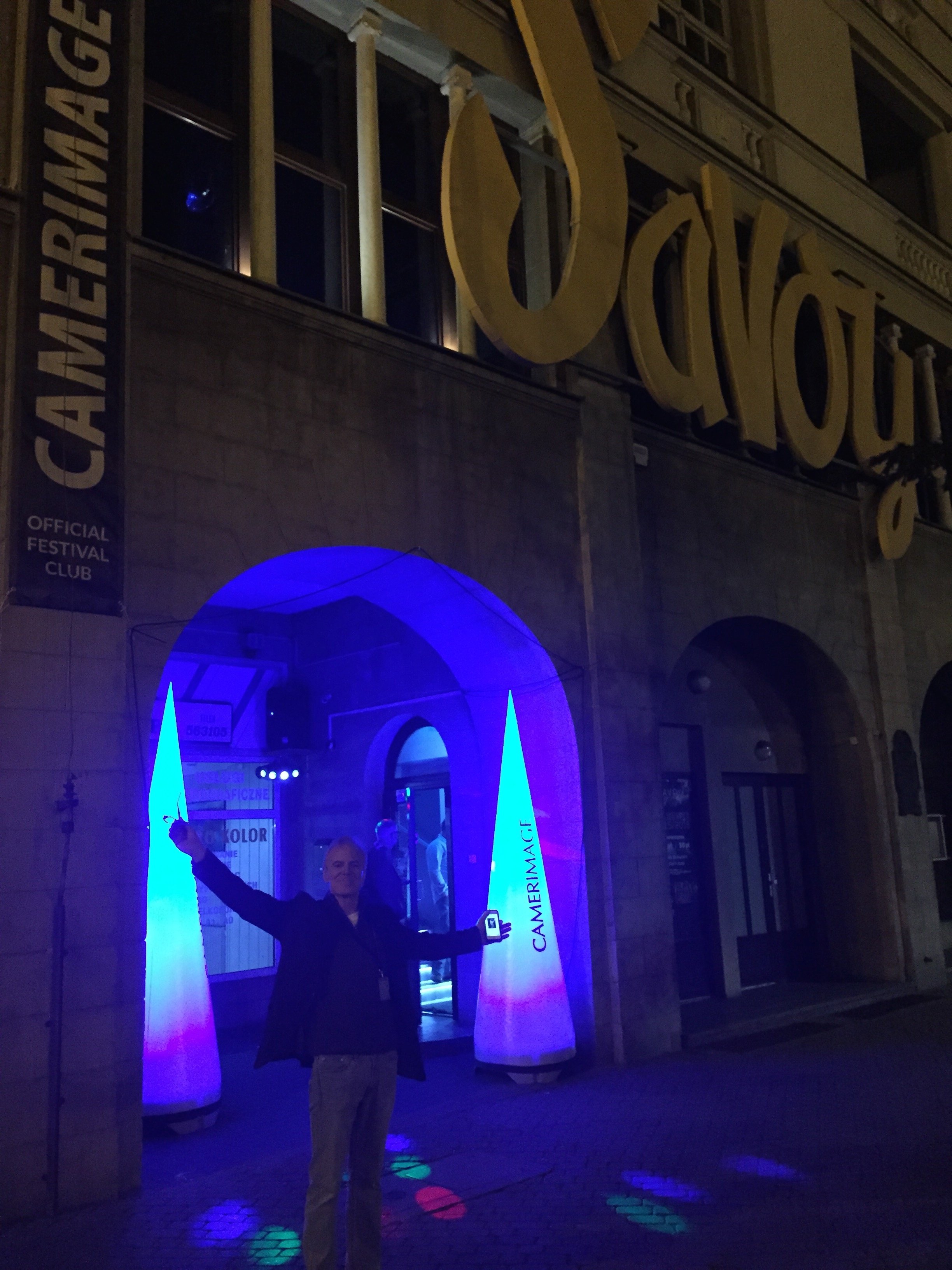
Over the years, the festival has hosted this infinite-loop after-party at a variety of different venues. On my initial trip to Bydgoszcz, back in 2010, the gale-force festivities were unleashed in a downstairs banquet space at the Holiday Inn (a privileged lodging for filmmakers and other visitors held in high esteem), but moved elsewhere after more decorous guests complained about the Zebrówka-fueled din. The next venue was a scruffy nightspot called Club One, conveniently located just a short stumble from the Pod Orlem hotel. Club One had a delightfully seedy feel, with dim, Stygian passageways leading to and from a circular dance floor where onlookers could watch cinematography legends bust a move with fellow filmmakers, internationally famous actors, Polish models, wide-eyed students, and a rogue’s gallery of local characters who would look right at home in Suave Ben’s apartment from Blue Velvet. A long bar led from the dance floor to a “VIP lounge” hosted by festival honcho Marek Zydowicz, whose eminence lent the space an exclusivity envied by anyone who was denied entry by one of the club’s hulking Polish door guards. It was at Club One that I once spotted an Academy Award-winning ASC member loitering on the periphery of the packed dance floor, soaking up the manic vibe as I wearily headed for the exit — finally! — at 7 in the morning. The following dialogue ensued:
Me: “You leavin’ anytime soon?”
ASC Icon: “I don’t get to do this kind of thing too much anymore, so I think I’m gonna stick around. I’m enjoying it.”
Me: “I know what you’re saying — there’s some serious Saturday Night Fever stuff happening on the floor. I don’t think anyone would mistake our Society guys for Tony Manero, though.”
Icon (laughing): “Is anyone still back there in Marek’s VIP lounge?”
Me: “Yup, but it’s getting a little nuts. A pair of Russian gaffers are arm-wrestling, and everyone else is on their fifth round of shots. You’re safer out here, trust me.”
Later that evening, I ran into the Icon again at one of the nightly dinners hosted by various industry companies. “Hey, what time did you finally leave the Disco?” I asked, genuinely curious. His unabashed reply: “Oh, I dunno … maybe 10 or 11 a.m. No regrets!”
The Icon’s wife, a renowned documentary filmmaker, captured the Polish Disco equivalent of a Bigfoot or Nessie photo when she snapped a rare shot of yours truly — a lifelong chorophobic — demonstrating my own dire lack of “Le Freak” after being dragged onto the Club One dance floor by Australian cinematographer Velinda Wardell, ACS. You haven’t truly lived until you’ve jumped into a scrum of world-class directors of photography going completely bonkers to the wall-shaking strains of DJ Snake and Lil Jon’s “Turn Down for What.” (The song’s music video, shot by Larkin Seiple, earned the Golden Frog for Best Music Video in 2014.)
For the past two years, the Polish Disco has been situated at the Savoy, a neon-infused, ’80s-style nightclub straight out of Scarface. In short order, the Savoy has cemented its reputation as a scene where Tony Montana would feel right at home. The hub of the action is a Vodka Platform hosted by a prominent talent agency, where perks include bottomless bottle service and the chance to receive invaluable career advice from whirling-dervish dance partners. Last year, one exuberant but incautious carouser tumbled headlong off the Platform and pitched forward five feet, flat onto his face. Fortunately, the hapless gent’s rubbery resilience helped him avoid plastic surgery.
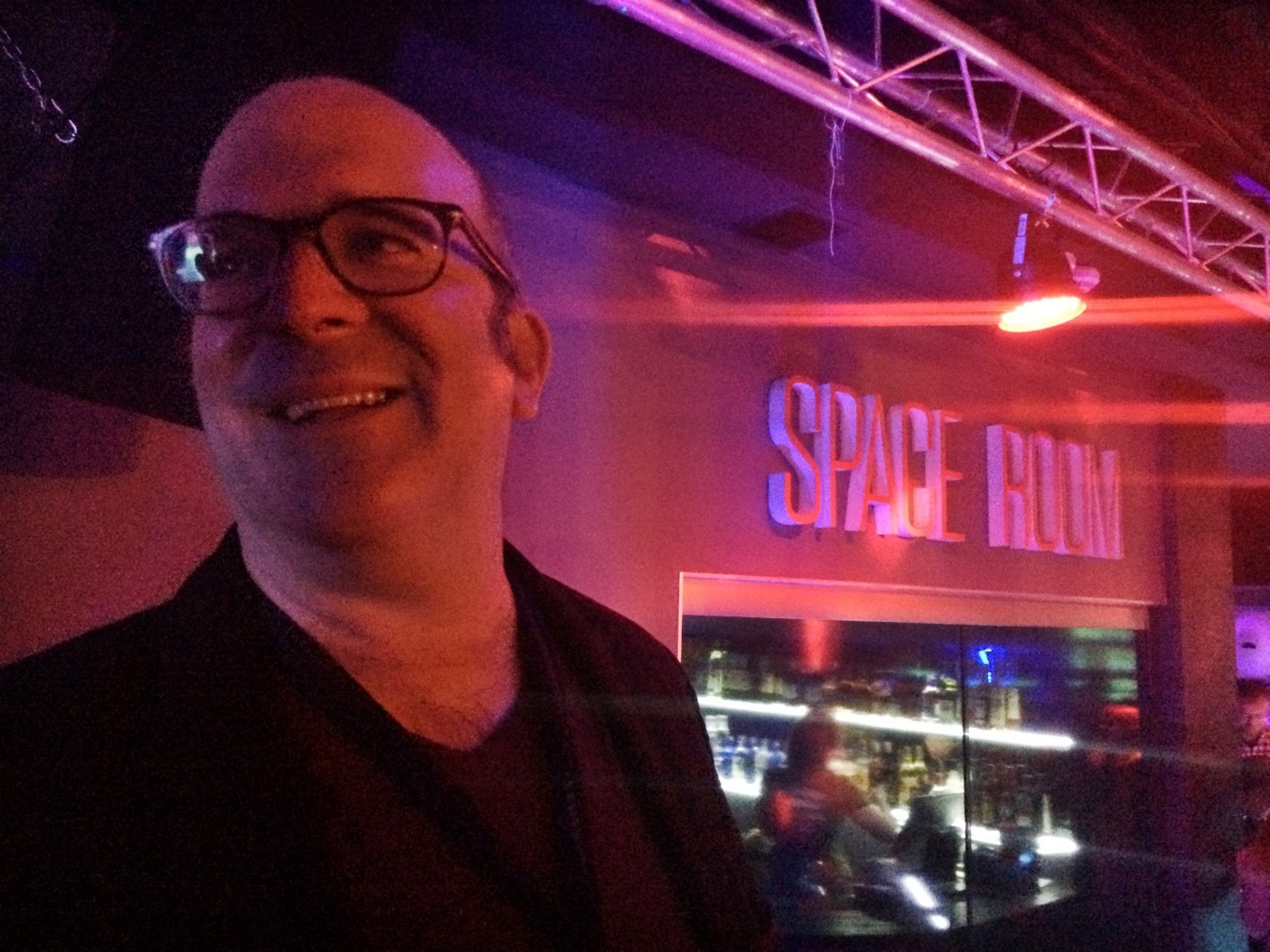
Other incidents I’ve witnessed include a pair of cinematographers engaging in a Dance-Off to the Death that left one with permanent scars on his arm; a burly Polish local in a skintight, powder-blue leisure suit doing an uncanny impersonation of the head-bobbing Butabi brothers from A Night at the Roxbury; and a brief but intense wrestling match in the coat-check line, where lifelong friendships can be forged amid the occasional scuffle. (Mere minutes after this donnybrook, I saw the former combatants clinking vodka-and-apple-juice cocktails at the bar.)
Lunacy aside, the importance of the Disco to the social fabric of Camerimage cannot be understated. Its schmoozers and minglers range from Oscar winners to Bydgoszcz locals and students from the National Film School in Lód´z. If you’re seeking an informed conversation about cinematography, you can certainly have one if you’re willing to shout at top volume over a Polish deejay’s beats; if your goal is to find a mentor, or merely cadge an autograph, there are few better places to make it happen. Na zdrowie!
Additional 2017 Camerimage coverage:
ASC Members Join Camerimage 2017 Juries
President’s Desk: 25 Bottles of Vodka!
AC to Present Ballhaus Tribute at Camerimage
IMAGO/ASC Joint Photo Exhibition to be Must-See at Camerimage
John Toll, ASC to Receive Camerimage Lifetime Achievement Award






